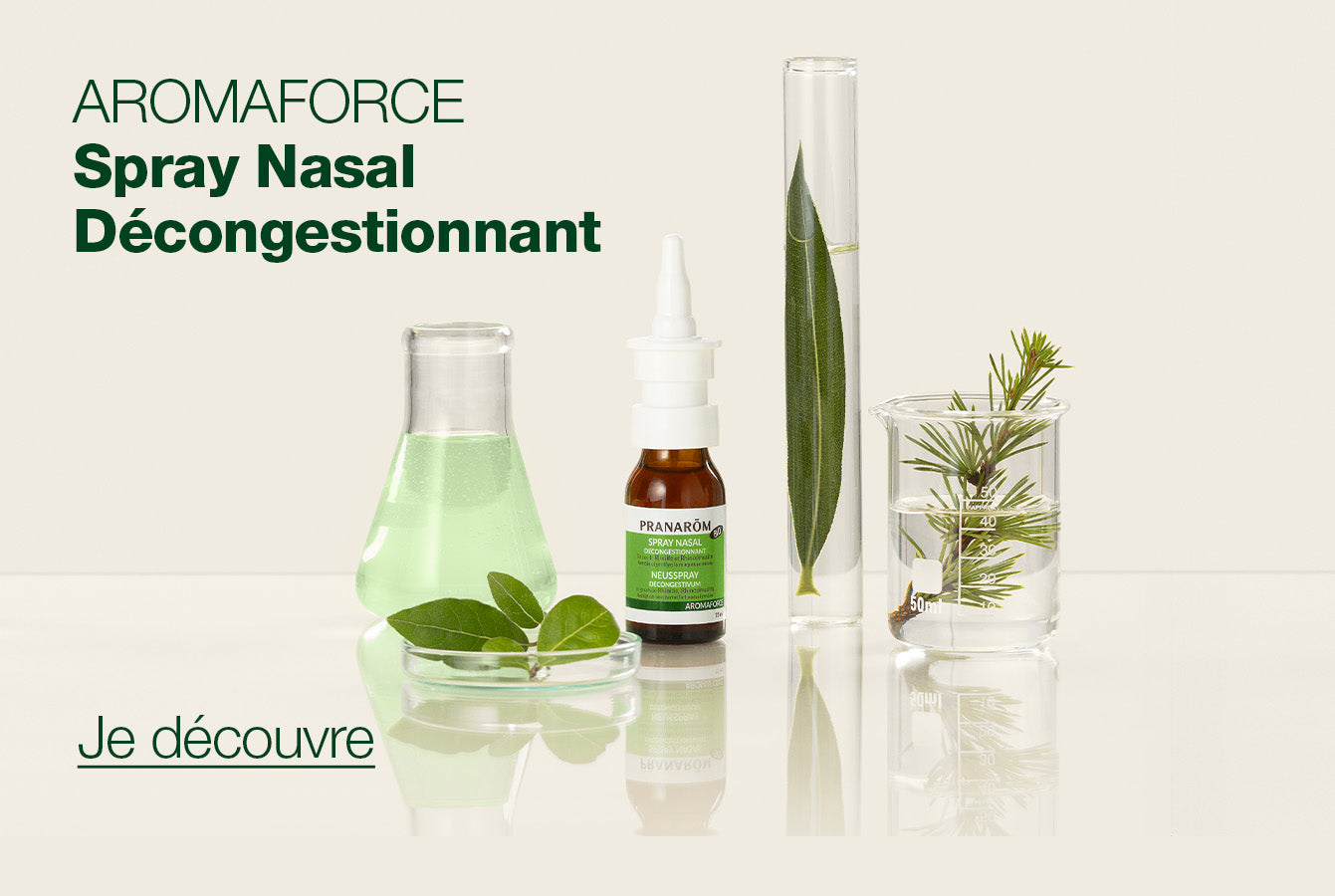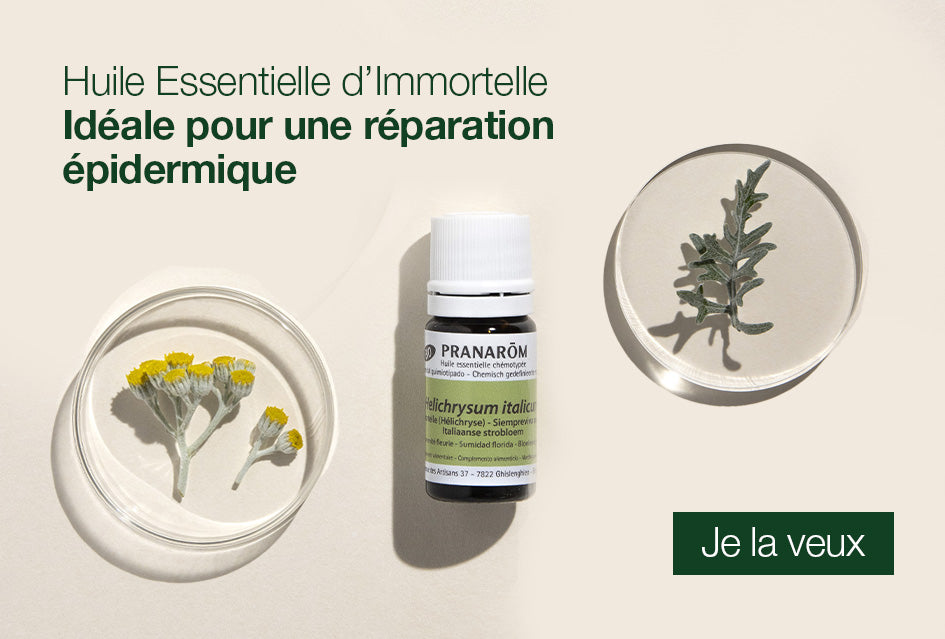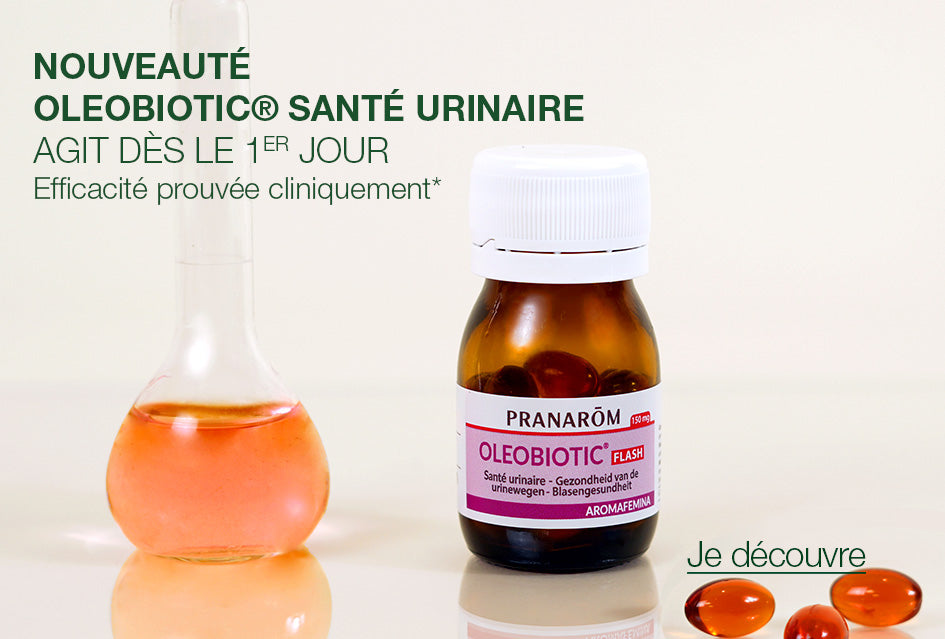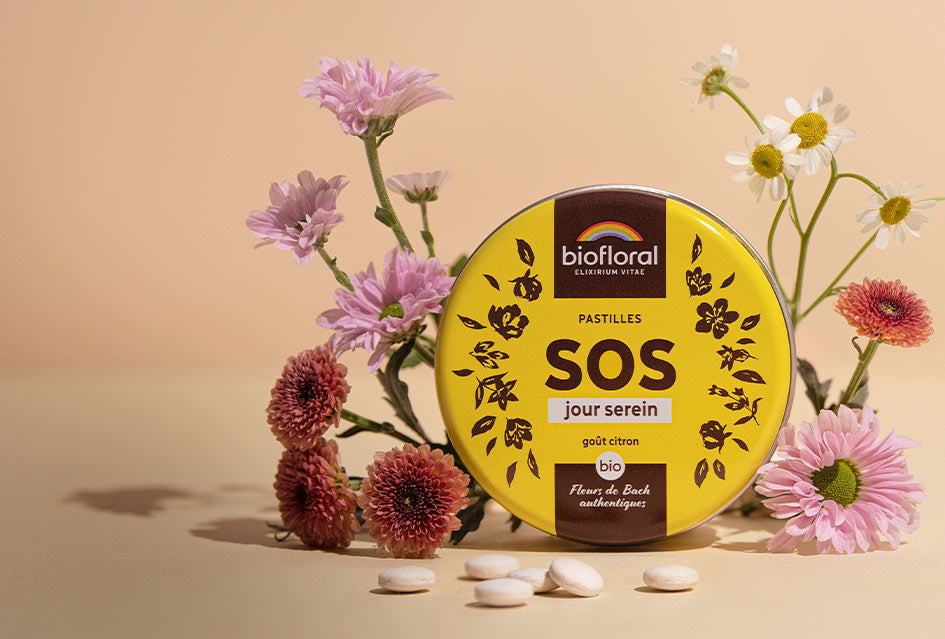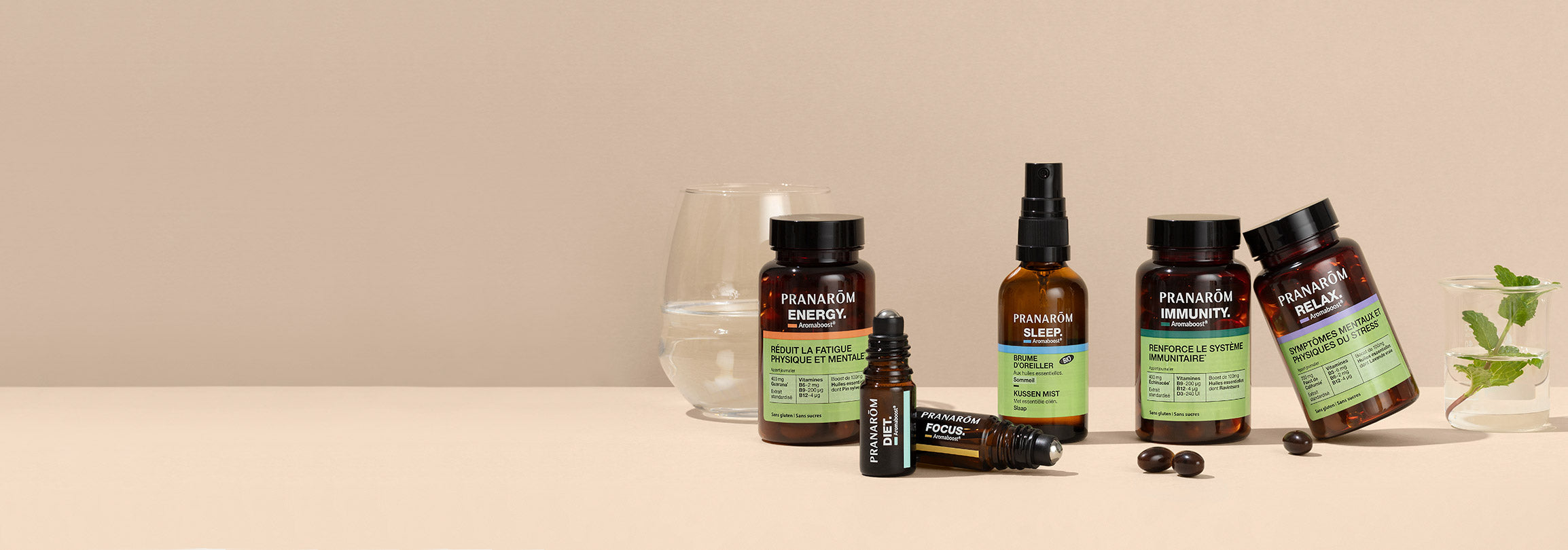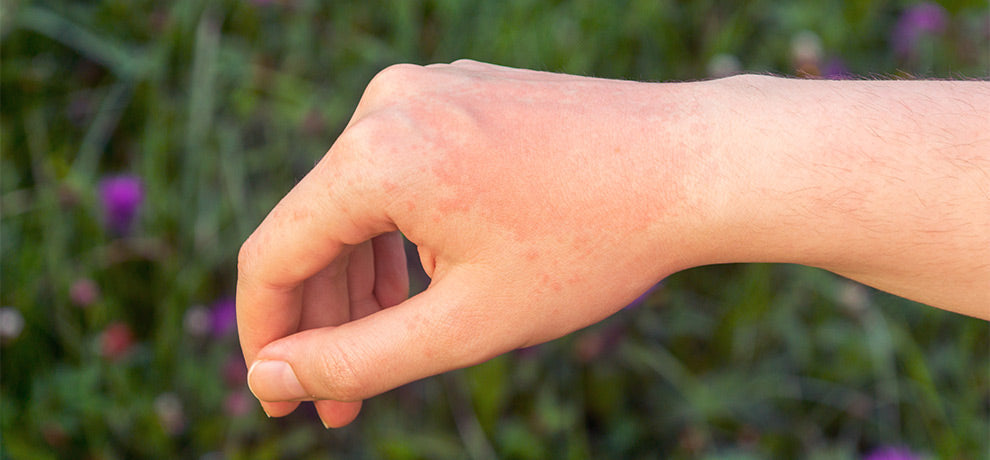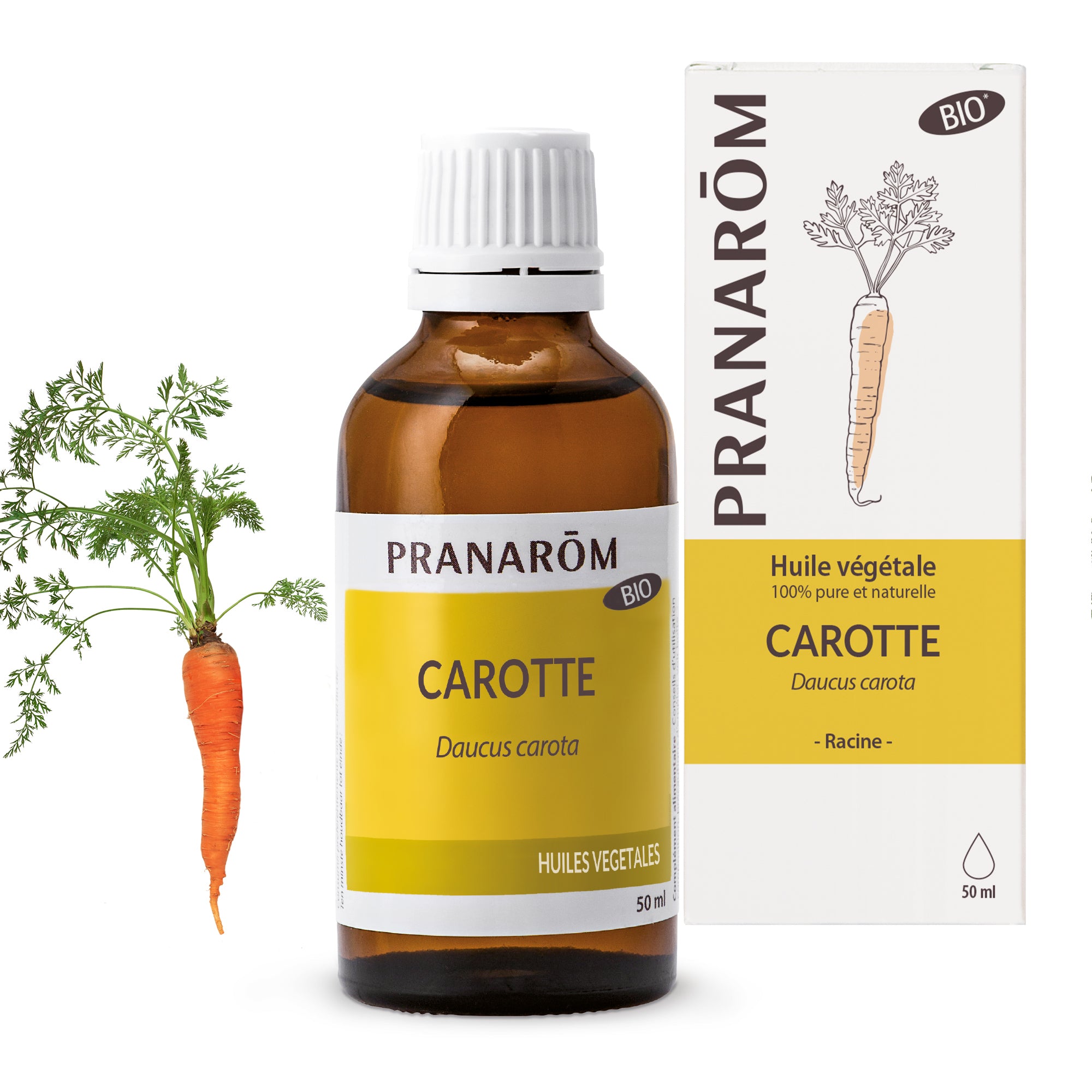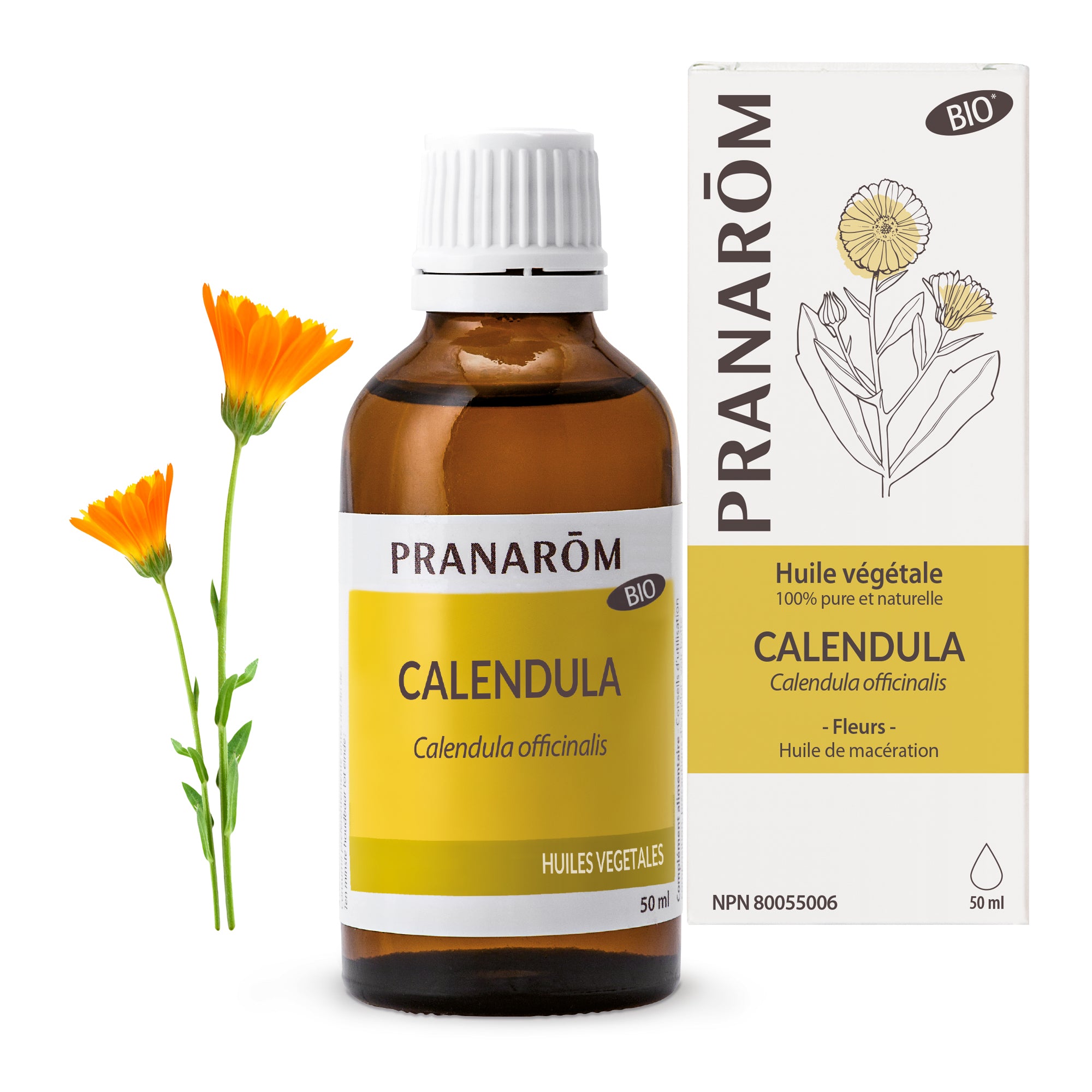Allergies and the sun: symptoms, causes and solutions to enjoy the summer with peace of mind
Sun allergy, also known as light eruption, is a skin reaction that occurs after sun exposure . It manifests itself through the appearance of itching, redness, and rashes, particularly affecting sensitive skin. Understanding its causes and adopting the right preventative measures will allow you to enjoy the sun and vacations without discomfort. Discover everything you need to know to recognize, prevent, and treat this form of sun allergy.
What to remember:
- Sun allergy or lucite, is a skin reaction caused by exposure to UV rays;
- Common symptoms include itching, redness and rash;
- People with light skin, women and certain medications increase the risks;
- Prevention involves effective sun protection and limiting exposure;
- Consulting a dermatologist is recommended for severe or persistent symptoms.
Sun allergy: understand to react better
What exactly is sun allergy?
Sun allergy refers to an abnormal reaction of the skin to the sun, more specifically to UV rays, particularly UVA and UVB. This phenomenon, often called lucite , occurs mainly in sensitive people and manifests itself as skin inflammation after sun exposure. The term lucite covers several types of lucite, including benign summer lucite , the most common.
Benign summer light eruption: the most common form of sun allergy
Summer light eruption is a form of sun allergy that appears in early spring or summer , often following a first stay in the sun after a period of solar inactivity. Typical symptoms appear on exposed areas: décolleté, arms, back and shoulders . This reaction results in red patches, papules and sometimes blisters accompanied by itching .
Skin reactions to the sun: how to identify them?
Skin reactions due to sun allergy include:
- Intense, localized redness , often on the back and décolleté;
- Itching that causes discomfort;
- The appearance of raised areas on the skin, patches, sometimes in the form of pimple eruptions visible to the naked eye;
- In some cases, blisters may form, signaling a severe skin reaction.
Why are you allergic to the sun?
UV rays: invisible enemies of your skin
UV rays, particularly UVA rays, penetrate deep into the skin and can trigger an overactive immune response in sensitive individuals. This photosensitivity triggers skin inflammation. These rays are invisible, but their spectrum of action is broad, and they can affect the skin even on cloudy days.
Medicines and cosmetics: beware of triggers
Some medications, such as antibiotics or anti-inflammatory drugs, can increase sensitivity to UV rays. Similarly, some cosmetics contain photosensitizing substances . Therefore, it is essential to check the ingredients and adopt enhanced protective measures when taking these treatments.
Risk factors: who is most affected?
Women and people with fair skin, whose heart rate is sometimes altered by exertion or heat, are more likely to be affected. The back, décolleté, arms, and shoulders are the most at-risk areas. Children and people with a history of polymorphous light eruption may also be affected.
Recognizing the symptoms of a sun allergy
Itching and rashes: the first warning signs
The first sensation is often that of intense itching , accompanied by redness on the exposed areas. This itching can occur a few hours after exposure and intensify quickly , affecting daily comfort.
Plaques, papules, blisters: when the skin reacts strongly
If the reaction worsens, red patches, papules, and even blisters may appear. These symptoms indicate more severe inflammation and often require specific treatment . The appearance of spots or patches is a sign that prompt action is needed.
Lesser-known symptoms: headaches and joint pain
In some cases, sun allergy is accompanied by less visible but equally unpleasant symptoms, such as headaches or joint pain , indicating a broader systemic reaction. These signs require special attention and medical consultation.
Effectively prevent sun allergy
Broad-spectrum sunscreens: your first line of defense
Effective sun protection is essential to limit the impact of UVA and UVB rays. Choose broad-spectrum creams , suitable for sensitive skin types, and apply them generously to all exposed areas . Renewal frequency is crucial, especially after swimming or sweating.
Anti-UV clothing and accessories: protect yourself in style
Wearing protective clothing, such as lightweight long sleeves and wide-brimmed hats, effectively protects the skin. Fabrics with built-in UV protection are an excellent choice, allowing you to limit exposure while maintaining comfort on hot days.
Adopt good reflexes when facing the sun
Limiting sun exposure between 11 a.m. and 4 p.m. , seeking shade, and planning your activities for times that are less harsh on your skin are all essential measures. Following these rules will help you avoid reactions and enjoy the sun safely.
Effective solutions to soothe sun allergies
After-sun lotion with essential oils
To soothe your irritated skin, there's nothing like a natural after-sun lotion . You can learn how to make an after-sun lotion with a simple recipe that combines soothing essential oils to relieve redness and itching after prolonged exposure . This lotion provides hydration and helps restore the skin's protective film.
Aromatherapy for relief
Some essential oils , such as True Lavender or Noble Chamomile, have soothing properties. Used in dilution, they accelerate skin repair.
To learn more, we invite you to consult our article: soothe sunburn with essential oils .
Prolong your tan with Carrot Vegetable Oil
Carrot Vegetable Oil is a valuable ally for protecting skin and prolonging the radiance of your tan . Rich in beta-carotene, it stimulates natural tanning while nourishing skin after sun exposure. To learn more, discover how to prolong your tan with this precious oil.
When should you consult a dermatologist?
Severe or persistent symptoms: do not hesitate to ask for help
If your symptoms, such as plaques and blisters, persist despite treatment, make an appointment with a dermatologist. It is essential to obtain an accurate diagnosis to avoid any complications.
Accurate diagnosis and appropriate treatment: the importance of the specialist
The specialist will be able to prescribe more targeted treatments, particularly in cases of polymorphic light eruption, and recommend dietary supplements or specific creams to strengthen your skin's protection.
FAQ: Everything you need to know about sun allergies
What is the difference between sun allergy and sunburn?
Sunburn is a burn caused by excessive UV exposure, with immediate redness and pain. Sun allergy causes a delayed immune response, with itching, pimples, papules, and sometimes blisters.
Can sun allergies be cured permanently?
Some cases progress favorably with good prevention. Others require medical monitoring, particularly for polymorphic light eruption.
Is sun allergy hereditary?
There is no direct genetic transmission, but a family predisposition may exist.
How to choose the best sunscreen for allergic skin?
Choose a broad-spectrum UVA/UVB cream that is hypoallergenic, has a high SPF, and is fragrance- and allergen-free.
What are the best dietary supplements for sun allergies?
Supplements rich in antioxidants, such as beta-carotene, can help strengthen skin. Ask your doctor for advice.
Enjoying the sun while preserving the health of your skin is entirely possible with the right precautions. By understanding the mechanisms of sun allergy , which can sometimes manifest as photodermatosis , and by adopting appropriate protective measures , you significantly reduce the risk of unpleasant symptoms such as itching, redness or rashes. Remember that prevention is based above all on broad-spectrum sun protection , wearing covering clothing, and above all, rigorous management of the time spent in the sun.
Certain conditions, such as a weakened immune system, can increase your skin's sensitivity to UV rays, making vigilance even more necessary. In case of severe or persistent reactions, it is essential to consult a dermatologist who will be able to make an accurate diagnosis and recommend appropriate treatment.
Furthermore, natural solutions such as after-sun lotions with Essential Oils or the use of Carrot Vegetable Oil to prolong tanning bring real well-being to sensitive and damaged skin, helping to soothe irritation after exposure.
With a good routine, it is possible to combine the pleasure of summer with healthy skin and thus fully enjoy your sunny stays with complete peace of mind.


